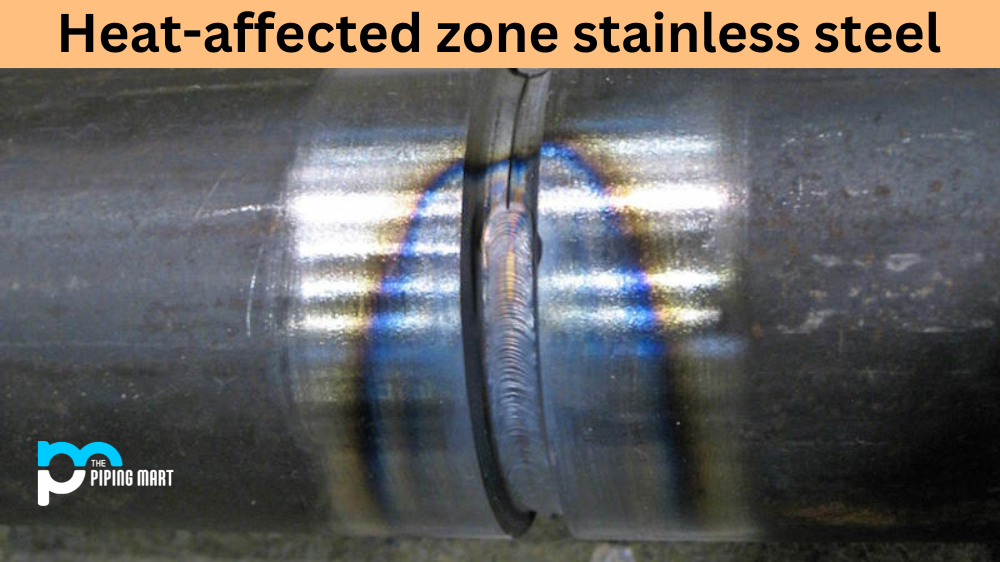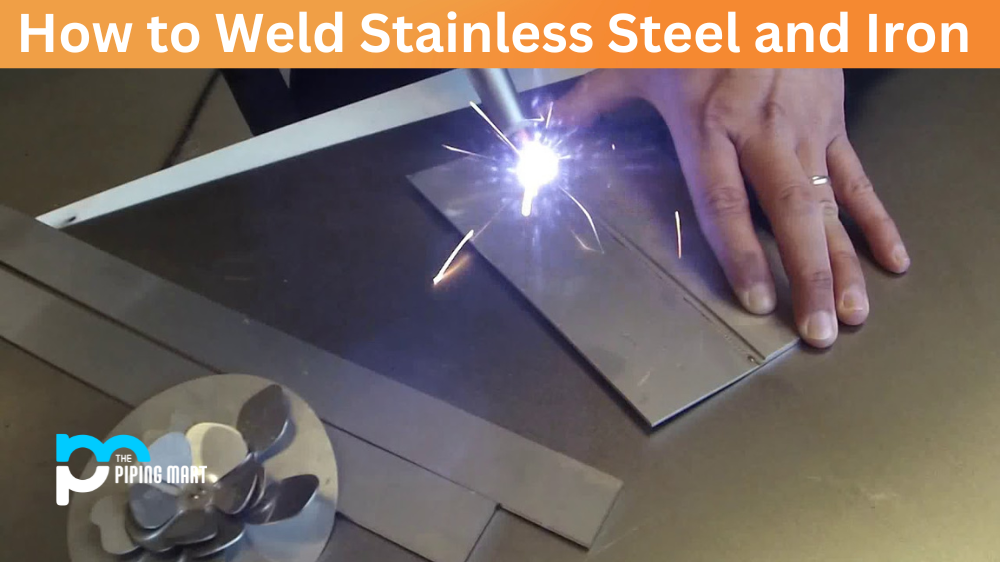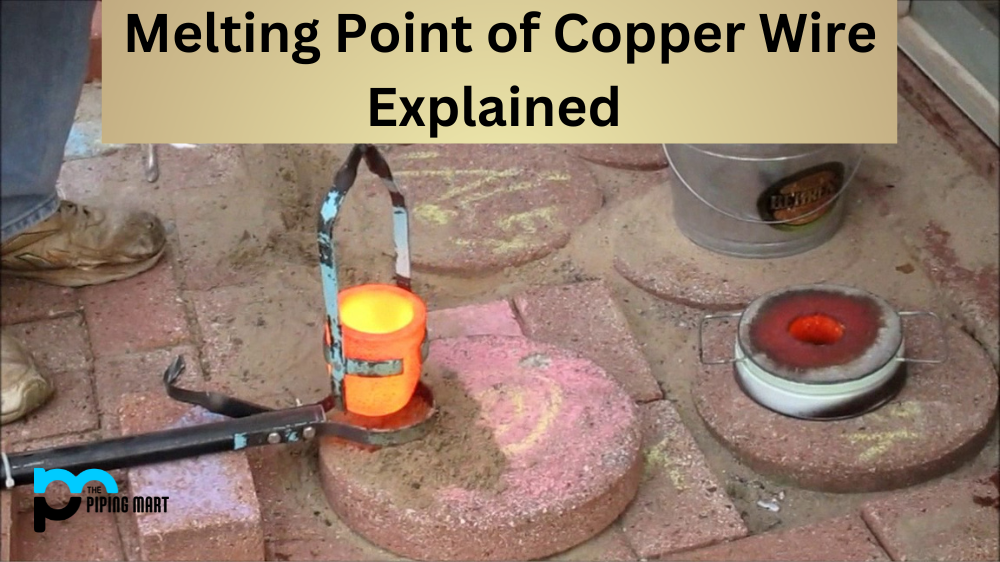When working with stainless steel, it is important to understand the concept of a Heat Affected Zone (HAZ). This zone refers to the area of metal that has been heated and cooled during welding. The HAZ can be very difficult to predict and can cause unexpected changes in the properties of the metal. Let’s explore what this means for working with stainless steel.
Properties of Stainless Steel
Stainless steel is an alloy that consists primarily of iron, chromium, and nickel. It is known for its high resistance to corrosion and its ability to retain strength at high temperatures. These properties make it an ideal material for many applications, such as food processing equipment, medical devices, and chemical tanks.
Heat Affected Zone
During welding, heat causes changes in the microstructure of the metal in the immediate vicinity of the weld area. This area is known as the Heat Affected Zone (HAZ). In this zone, the grain structure of the metal changes due to exposure to intense heat during welding. This change affects not only its mechanical properties but also its corrosion resistance and weldability. As a result, it can be difficult to predict how a specific HAZ will affect a given project.
Preventing Unwanted Changes in Properties
In order to prevent unwanted changes in properties due to welding heat, there are several measures that should be taken when working with stainless steel. First and foremost, proper preheating techniques should be used prior to welding whenever possible; this helps reduce thermal shock when cooling down afterwards. Additionally, proper post-weld heat treatment should be done immediately after welding; this helps relieve stress from any residual thermal cycles within the metal itself. Finally, careful consideration should be given when selecting filler metals; certain filler materials may contain elements that will interact negatively with stainless steels at elevated temperatures or lead to unwanted microstructural changes upon cooling down.
Conclusion:
Working with stainless steel involves understanding what happens in its Heat Affected Zone (HAZ). The HAZ is an area near a weld where extreme temperatures cause changes in mechanical properties as well as corrosion resistance and weldability. To avoid unexpected results due to these changes in properties, while working with stainless steel, it is important to take precautionary measures by properly preheating before welding and doing post-weld heat treatments afterwards if necessary—as well as carefully selecting filler metals that won’t interact negatively with stainless steel at elevated temperatures or lead to unwanted microstructural changes upon cooling down. By following these guidelines, you can ensure successful outcomes when dealing with HAZs on your next stainless steel project!

Pipingmart is a B2B portal that specializes in metal, industrial and piping items. Additionally, we share the latest information and information about materials, products and various types of grades to assist businesses that are involved in this business.




